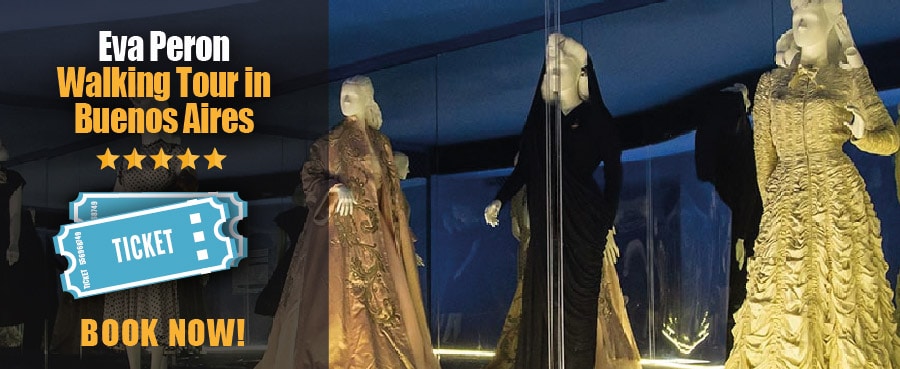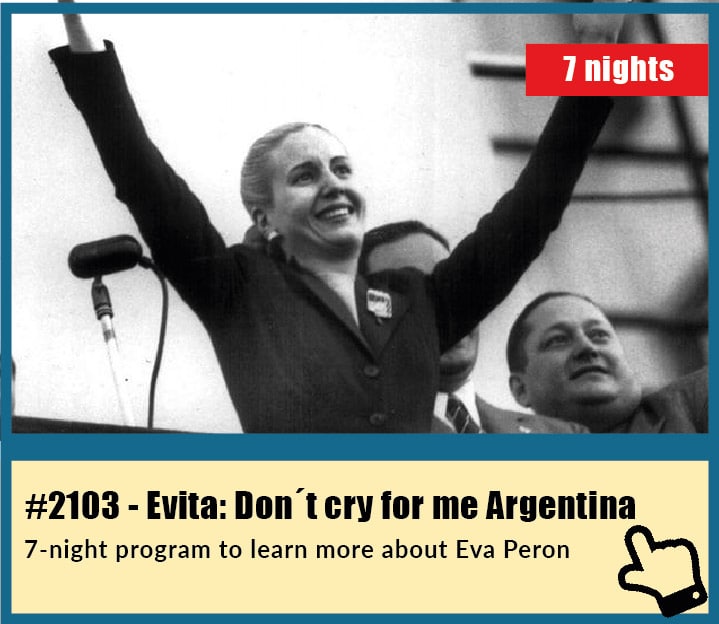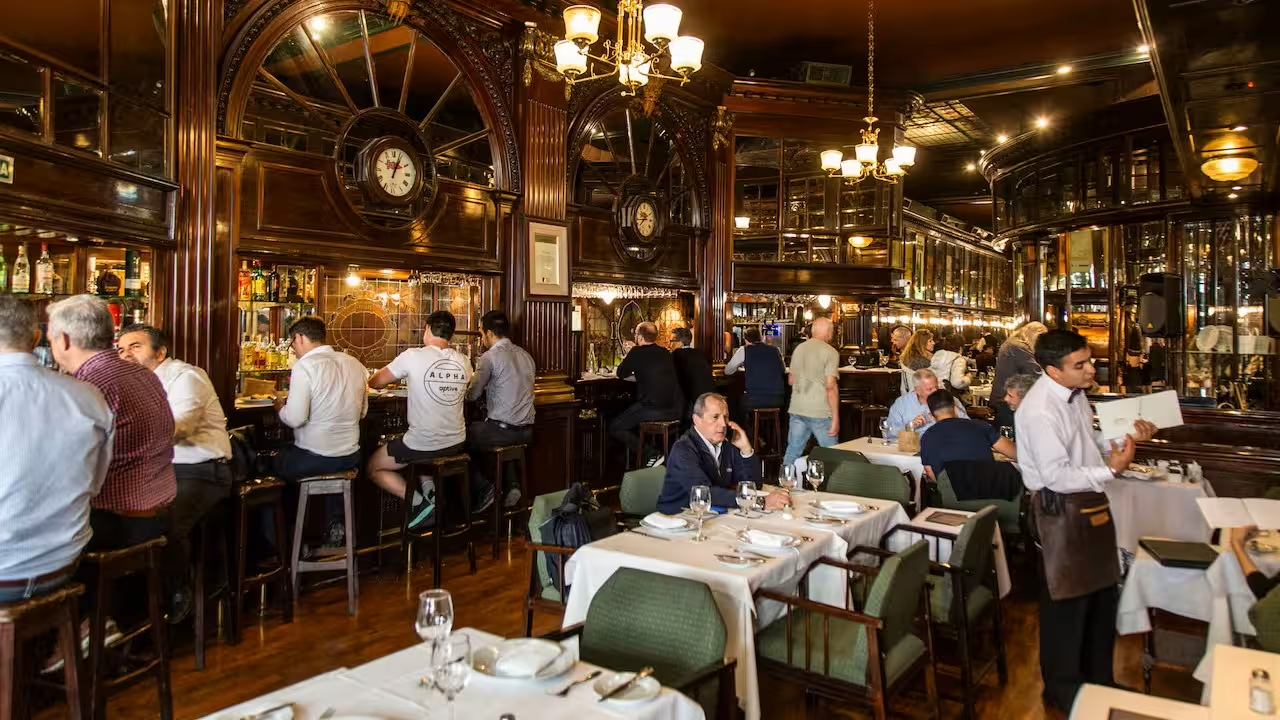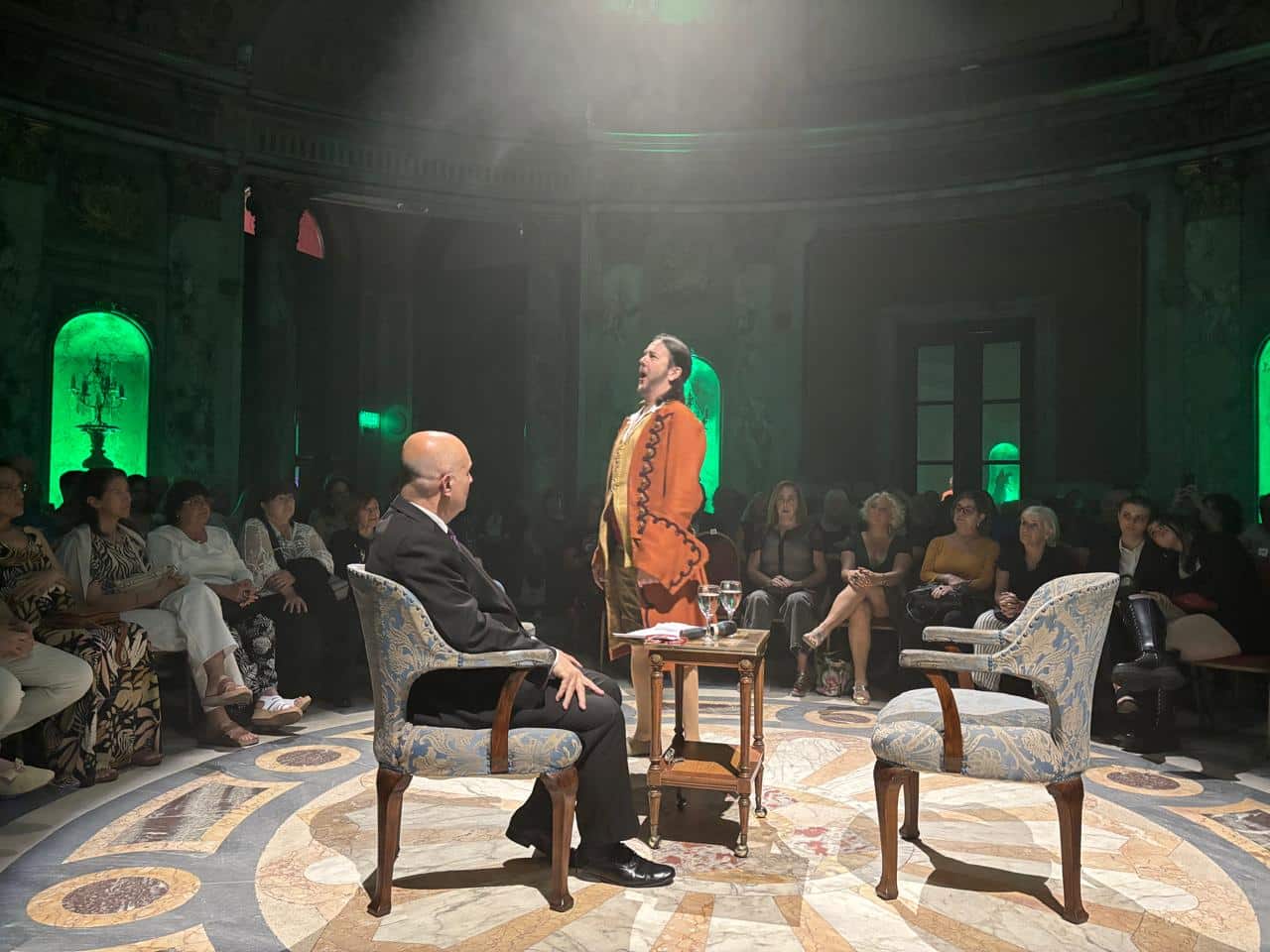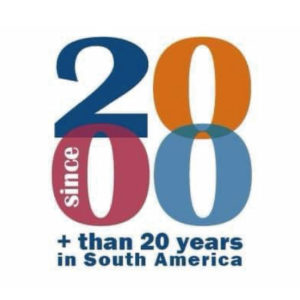Eva Perón: Learn More About the Argentinian Icon
Eva Perón, or simply Evita, was one of the most influential women in Argentina’s history. Her role as a political leader and voice for the humble and the forgotten made her a beloved figure for millions—and a controversial one for others.
Let’s explore her life, achievements, and legacy, and discover how you can connect with her story during your trip to Buenos Aires.
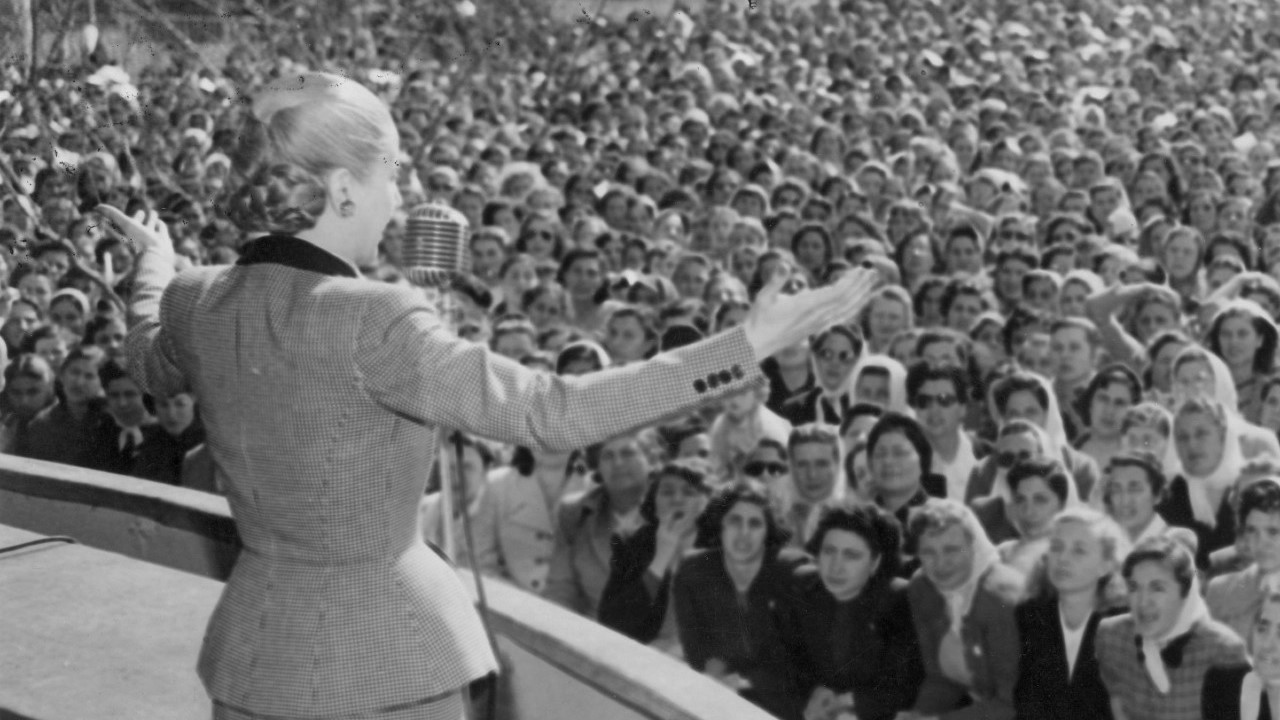
Eva Perón: A Brief Biography
-
Born: May 7, 1919, in Los Toldos, Buenos Aires Province
-
Died: July 26, 1952, at age 33, from uterine cancer
Eva Duarte started as an actress and radio performer. In 1944, she met General Juan Domingo Perón during a charity event for earthquake victims. They married in 1945, and soon after, Evita became an essential figure in Argentina’s political landscape.
Her most iconic achievement was fighting for women’s rights:
-
In 1947, she was key to passing Law No. 13,010, granting women the right to vote in Argentina.
-
She later founded the Partido Peronista Femenino, a political movement for women.
Evita also became known as “the standard-bearer of the humble”, fighting for workers’ rights and social welfare.
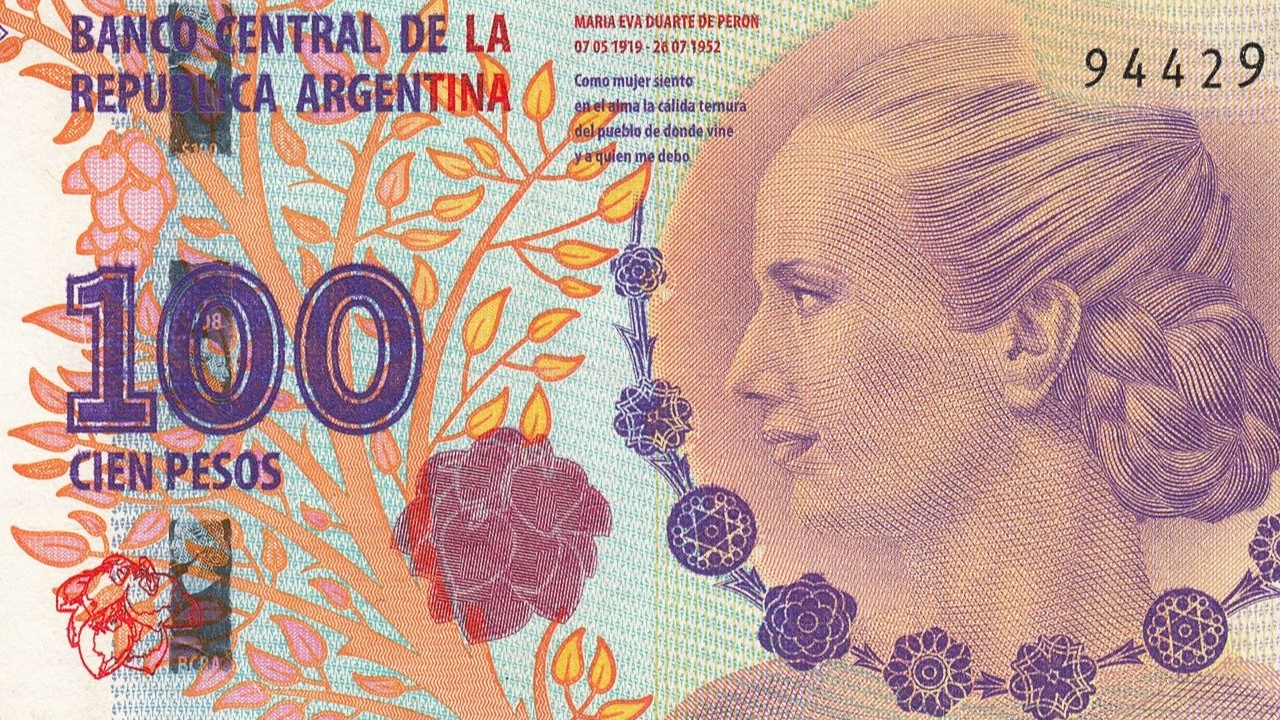
A Symbol of Social Justice
Eva Perón’s deep empathy for Argentina’s working class defined her political legacy. Through the Eva Perón Foundation, she built:
-
Hospitals
-
Homes for the elderly and single mothers
-
Two polyclinics
-
Schools
-
Ciudad Infantil, a complex for children’s education and care
She also promoted the Decalogue of the Rights of the Elderly, a pioneering effort to support Argentina’s senior citizens.
Her Political Path
In 1951, Evita was proposed as a vice-presidential candidate. Although she had strong public support, she withdrew—an event now remembered as the “Renunciation Day”. Despite stepping back, she remained active until her final days.
She also published two important books:
-
La Razón de mi Vida (1951)
-
Mi Mensaje (1952)
How Did Eva Perón Die?
Evita’s health began to decline in 1950. Diagnosed with cancer, she continued her work despite worsening symptoms. In her final speech on May 1, 1952, she addressed the people of Argentina from Plaza de Mayo, visibly frail but determined:
“I am with you to be a rainbow of love between the people and Perón…”
She died shortly after, on July 26, 1952, and was mourned nationwide.

Her Legacy: Awards and Honors
Eva Perón received several national and international distinctions:
-
Spiritual Leader of the Nation
-
Grand Cross of Honor from the Argentine Red Cross
-
Order of Isabel la Católica (Spain)
-
Necklace of the Order of the Liberator General San Martín
She remains a symbol of loyalty, love for the people, and resilience.
Visit the Eva Perón Museum in Buenos Aires
Located in the Palermo neighborhood, the Evita Museum offers 13 exhibition rooms that follow her life:
-
Her early days as an actress
-
Her political work with Perón
-
Her fight for social justice and women’s rights
You’ll see over 400 original pieces: clothing, letters, photos, toys, and even her civic notebook. The building itself is a beautifully restored 1920s petit hotel that once served as a women’s shelter under the Eva Perón Foundation.
Eva Perón Tours in Buenos Aires
We offer two unique ways to explore Evita’s legacy:
1. Eva Perón Walking Tour
Visit key places like:
-
Recoleta Cemetery (Evita’s resting place)
-
The Evita Museum
-
Historical landmarks related to her life
2. Don’t Cry for Me Argentina Tour
A 7-night program in Buenos Aires featuring cultural visits, expert-led tours, and a deep dive into Eva Perón’s story.
Interested? Email us at info@ripioturismo.com for details or bookings.


